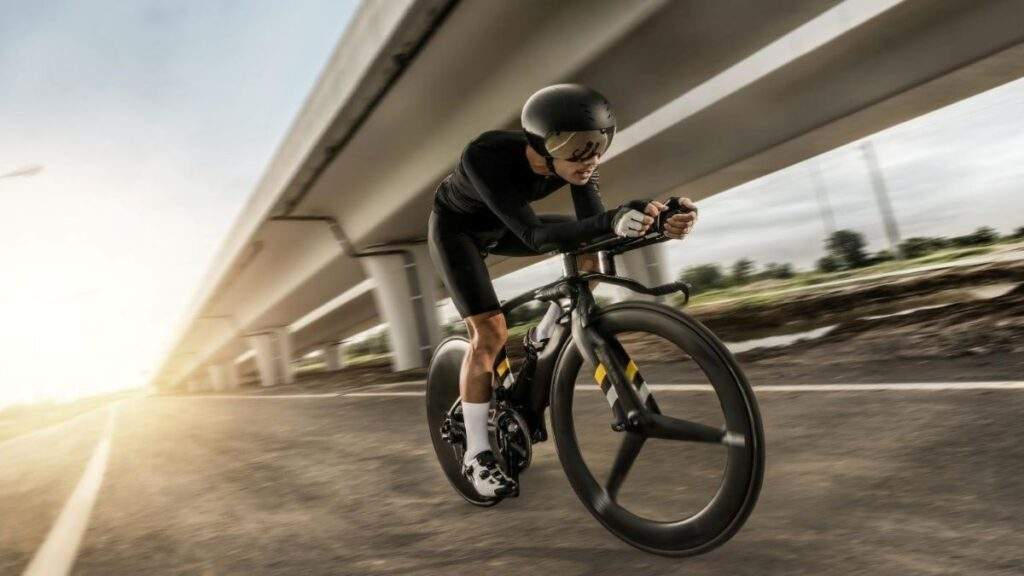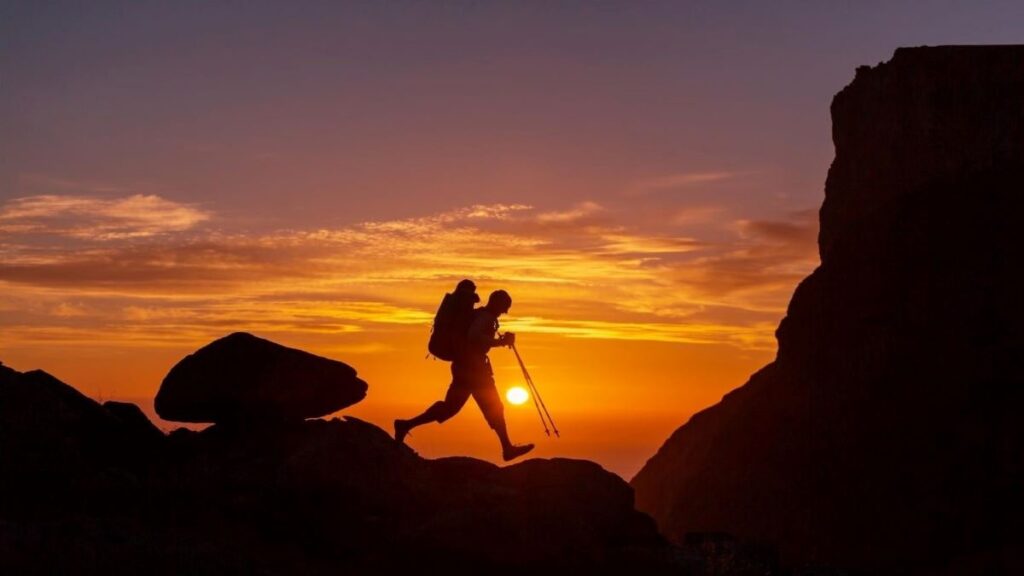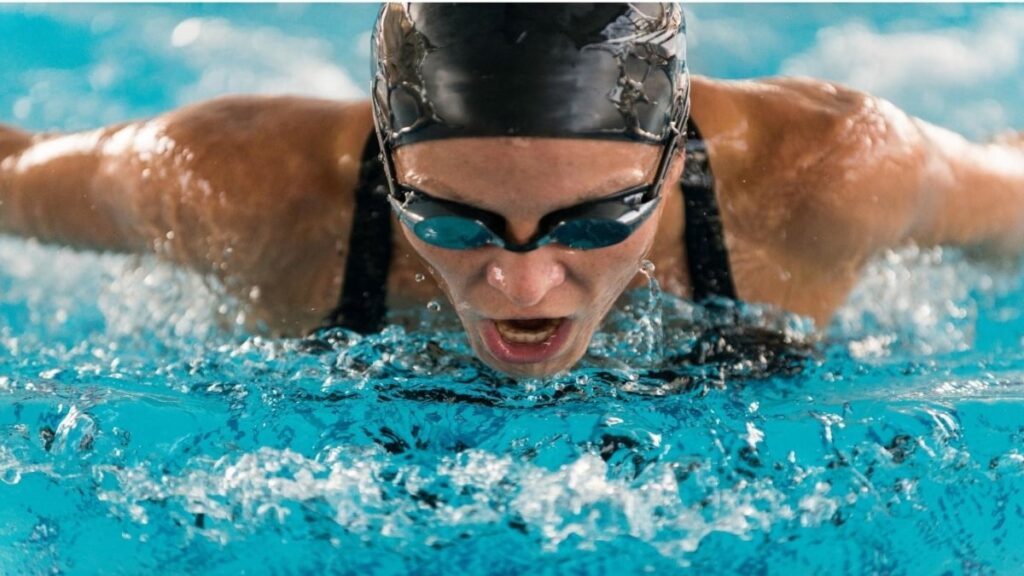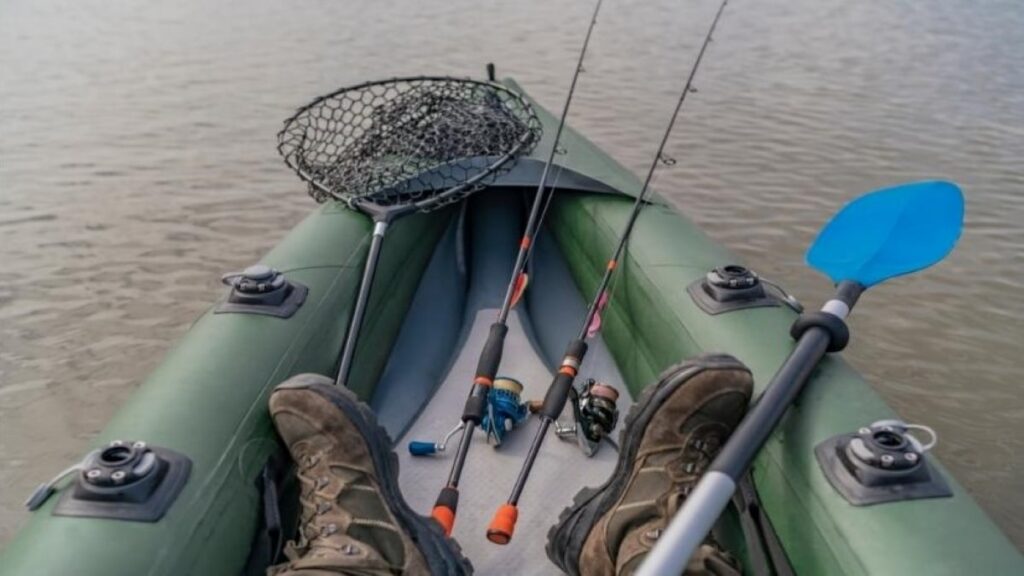Navigating the Cross-Country Ski Selection Landscape: Your All-in-One Guide
Cross-country skiing gracefully unites tranquility and thrill, allowing you to explore winter’s peaceful splendor while providing an intense physical challenge. To make the most of this versatile sport, choosing the appropriate skis is paramount. If the prospect of ski selection seems overwhelming, worry no more! This comprehensive guide will demystify cross-country skiing styles, the role of your height and weight, the importance of ski stiffness, and the wonders of innovative ski designs.
Table of Contents
A Brief Overview of Cross-Country Skiing Styles
The domain of cross-country skiing is predominantly shaped by two key styles:
- Classic Skiing: A nod to the origins of the sport, this style is ideal for novices. With movements akin to walking or running, classic skiing affords a gentle glide on machine-groomed tracks. Classic skis are characterized by a narrower underfoot and a distinctive camber, ensuring excellent grip and glide.
- Skate Skiing: If speed is your thing, skate skiing, inspired by ice skating, is your answer. Demanding wider, groomed trails, the skis used in this style are shorter and harder than classic ones, eschewing a grip zone due to the skier’s lateral movements.
Tailoring Your Ski Selection: Height, Weight, and Style
Here’s how you can align your attributes and preferred skiing style with your ski choice:
- Height: For classic skiing, your skis should span from your wrist or shoulder when you lift your arm overhead. Skate skis, conversely, are generally shorter, extending up to your chin or nose.
- Weight: Your weight affects the ski’s camber, which must compress adequately under your weight to facilitate grip (classic skis) or glide (both types). To aid your choice, ski manufacturers typically indicate a weight range for each model.
- Style: Classic skis are longer and narrower, featuring a cut-in underfoot for a snug fit in groomed tracks. On the other hand, skate skis, designed shorter, showcase a flatter, harder camber to optimize stability and speed on wide, groomed trails.
Dual-Style Skis: Embrace Versatility
If you love both styles, but the thought of buying two sets of skis isn’t appealing, dual-style or “combi” skis could be your solution. These skis accommodate both classic and skate-style skiing, although they might not perform as well as style-specific skis. They are a viable option for leisure skiers, but for those considering competitive skiing or intensive training, style-specific skis are advisable.
The Key Role of Cross-Country Ski Stiffness
Choosing the right stiffness is critical for maintaining optimal grip and glide in cross-country skiing. Your weight primarily influences ski stiffness. For classic skis, your weight should be evenly distributed, subtly compressing the ski’s camber, hence allowing the grip zone to connect with the snow while keeping the glide zones (tip and tail) elevated. Skate skis, however, should be rigid enough to bear your weight during the glide phase on one ski.
Exploring the World of Modern Cross-Country Ski Designs
Modern cross-country skis showcase the intersection of engineering advancement and a nuanced understanding of snow physics.
- Materials: Contemporary skis often feature cutting-edge materials like carbon fiber and lightweight wood cores for resilience, longevity, and weight reduction. Some top-tier models might incorporate titanium for enhanced stiffness and control.
- Base Design: The ski’s base or underside, commonly crafted from polyethylene, includes minuscule grooves or structures designed to minimize suction on wet snow and retain glide wax.
- Ski Shape: The ski’s tip typically bends upwards (the “rocker”) to encourage gliding over the snow rather than cutting through it. While skate skis tend to have a subtle rocker, classic skis might possess a more accentuated one for improved grip.
- Waxable vs. Waxless Skis: Classic skis come in two forms: waxable and waxless. Waxable skis need a layer of kick wax for grip, whereas waxless skis feature an inherent grip pattern. The optimal choice between the two hinges on your proficiency level and prevailing snow conditions.
The best cross-country skis for classic skiing
Atomic Redster C9 Carbon Skintec Ski

The Atomic Redster C9 Carbon Skintec is a premium cross-country ski, tailored for seasoned skiers seeking exceptional performance and optimal control. A conveniently pre-mounted binding enhances the ski’s user-friendly appeal. Delve into a closer look at its unique features, advantages, and limitations.
Crafted with Atomic’s trailblazing Skintec waxless innovation, the Atomic Redster C9 Carbon Skintec guarantees skiing pleasure over ski maintenance chores. Its superior mohair grip zones assure outstanding traction and glide, adapting to diverse snow conditions with ease.
Featuring a lightweight carbon laminate composition, the ski is designed to be remarkably responsive with excellent power transfer. This, coupled with the Nomex Featherlight SDS core, endows the ski with a lightweight yet stable character. Further, the BI 3000 base from Atomic, known for its top-quality and speedy glide, maintains wax efficiently and is effortless to upkeep.
Advantages:
- Effortless Maintenance: Thanks to Skintec technology, time-consuming waxing becomes a thing of the past, freeing you to enjoy more skiing time.
- Lightweight and Agile: The combination of carbon laminate and Nomex Featherlight SDS core equips the ski with lightweight agility and stability.
- Superb Grip and Glide: The ski’s mohair grip zones ensure exemplary grip and glide across varied snow conditions, adding to its versatility.
- High-Speed Base: The BI 3000 base is designed for speed, effectively retaining wax, and is simple to maintain, contributing to the ski’s superior performance.
Limitations:
- Cost: Being a luxury item, the Atomic Redster C9 Carbon Skintec may not fit everyone’s budget constraints.
- Expertise Needed: Due to its high-performance nature, this ski might not be the most suitable option for novice or intermediate skiers. It’s designed with proficient skiers in mind.
- Skin Upkeep: While Skintec technology alleviates waxing demands, the skin strips require replacement over time due to wear and tear, potentially adding to the maintenance cost and time.
The best cross-country skis for Skate Skiing
Rossignol Delta Sport Skate Mens XC Skis

The Rossignol Delta Sport Skate Men’s XC Skis 163, outfitted with Race Skate Bindings, offers a dependable and high-performing ski setup for dedicated cross-country skate skiers. This combination is specifically designed to cater to the needs of beginner and intermediate skiers, striking a fine balance between ease of use and performance capabilities. Let’s explore the specific features, advantages, and potential drawbacks of this ski set.
Overview:
Rossignol’s Delta Sport Skate skis boast a lightweight honeycomb core, creating an easy-to-control and responsive pair of skis, an excellent pick for skiers working to refine their skills. The skis leverage Activ’Cap construction to present a unique flex profile for a smooth kick. Simultaneously, the Extended Edge technology aids in maintaining exact control and steering. The package includes Rossignol’s Race Skate Bindings already mounted, contributing to its performance and ease of use.
Advantages:
- Featherlight Design: The incorporation of a honeycomb core results in an agile and light pair of skis, making maneuvering a breeze, particularly for novice and intermediate skiers.
- Precise Control: The Extended Edge technology ensures superior steering and control, empowering skiers to finesse their technique.
- Adaptive Flex Profile: Activ’Cap construction facilitates a diverse flex profile, resulting in a smooth kick, crucial for proficient skate skiing.
- Easy Setup: The skis come with pre-mounted Race Skate Bindings, ensuring compatibility and allowing skiers to hit the trails at once.
Drawbacks:
- Not Suitable for Experts: Though ideal for beginners and intermediates, expert skiers may find the performance of these skis somewhat restrained.
- Restricted Off-Trail Performance: These skis are designed with groomed trails in mind and may underperform in off-track or backcountry conditions.
- Potential Durability Issues: Some skiers might face durability concerns over extended use due to the skis’ lightweight design.
The best cross-country skis for Dual-Style Skis
Rossignol BC 65 Positrack Cross Country Skis

The Rossignol BC 65 Positrack Cross Country Skis, complemented by BC Auto Bindings, serve as a top pick for those who have a penchant for venturing off the beaten path. These versatile and reliable skis are built to meet the needs of both beginners and seasoned skiers yearning for thrilling backcountry escapades. Here’s a comprehensive analysis of their standout features, merits, and drawbacks.
Description:
At the heart of Rossignol’s BC 65 Positrack skis lies a robust Wood Air Core, designed for lightweight maneuverability and long-lasting endurance. This is further reinforced by the inclusion of partial metal edges that boost control and furnish a firm grip on various snowy terrains. With the Positrack base of the skis, you can look forward to a well-rounded blend of grip and glide without the need for continual waxing. Plus, with pre-installed BC Auto Bindings, you can expect immediate compatibility and a hassle-free experience.
Pros:
- Agility & Durability: The Wood Air Core furnishes these skis with a lightweight feel, matched with the durability needed for backcountry skiing.
- Superior Control: The partial metal edges enhance grip and control, essential for handling changeable snow conditions.
- Wax-Free Convenience: The Positrack base eliminates the need for constant waxing while offering a balanced grip and glide.
- Ready for Action: With BC Auto Bindings pre-fitted, these skis are ready to hit the snow right out of the box.
Cons:
- Trail & Racing Limitations: These skis excel in backcountry explorations but may not perform at their peak on groomed trails or in racing scenarios.
- Weight Factors: While they’re built to be lightweight, these skis carry more heft than some alternatives specifically crafted for groomed trail skiing.
- Edge Control: While the partial metal edges provide a commendable grip, they don’t offer the same level of edge control as skis with full metal edges.
Final Words
Wrapping up, while the process of choosing cross-country skis may seem intricate, it is a rewarding endeavor. Be it meandering on groomed tracks deep within the serene wilderness or racing down broad, groomed trails, the right skis can significantly enhance your wintertime enjoyment. Embrace the thrill of your skiing adventure!
Read Also:
- The Joy of Nordic Skiing: A Journey into the Heart of a Winter Classic
- Ultimate guide on how to choose alpine skis
- A Comprehensive Guide to Alpine Skiing Apparel
- A Comprehensive Guide to Choosing The Perfect Alpine Ski Boots
- Health Benefits of Alpine and Cross-Country Skiing
- Launching into the World of Amateur Skiing
- How to choose the right cross-country ski boots




